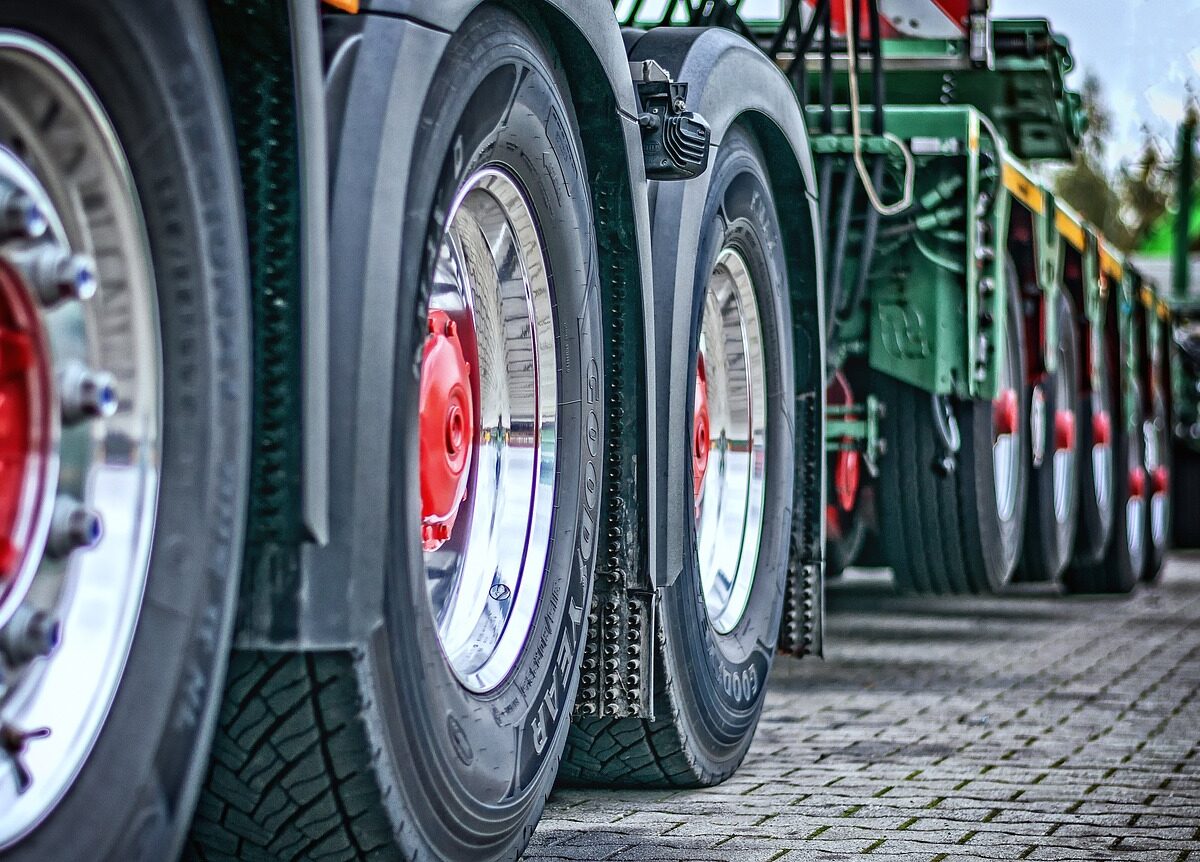- cross-posted to:
- technews@radiation.party
- cross-posted to:
- technews@radiation.party
Stormwater runoff which contains a mixture of sediment, chemical, organic and physical pollutants, is a critical pathway for microplastics to washed off from urban environments during rain and into local aquatic habitats."But to date, our knowledge of the amount of microplastics in urban stormwater, particularly tyre wear particles, is limited, as is the potential strategies we can use to minimise this source.
“Our study quantified and characterize microplastics and tyre wear particles in both stormwater runoff and sediment of stormwater drainage systems in Queensland,” said co-author Professor Fred Leusch, who leads the Australian Rivers Institute’s Toxicology Research Program.
“The device is a bag made of 0.2 millimetre mesh which can be retrofitted to stormwater drains. Although originally designed to capture gross pollutants, sediment, litter and oil and grease, it significantly reduced microplastics from raw runoff, with up to 88% less microplastics in treated water which had passed through the device.”
Sediment samples collected from the inlet and outlet of a constructed stormwater wetland contained between 1450 to 4740 particles in every kilogram of sediment, with more microplastics in the sediment at the inlet than the outlet, indicating the wetland’s ability to remove them from stormwater.
“Our findings show that both constructed wetlands and the stormwater capture device are strategies that could be potentially used to prevent or at least decrease the amount of microplastics tyre wear particles being transported from stormwater into our waterways.”



Heck, even lighter cars will make enormous savings in tire wear.
Heavy cars wear out tyres considerably faster, and the only reason big 4wds can get their tires to last 80,000km, is to have relatively deep tread blocks, compared to standard highway tires.